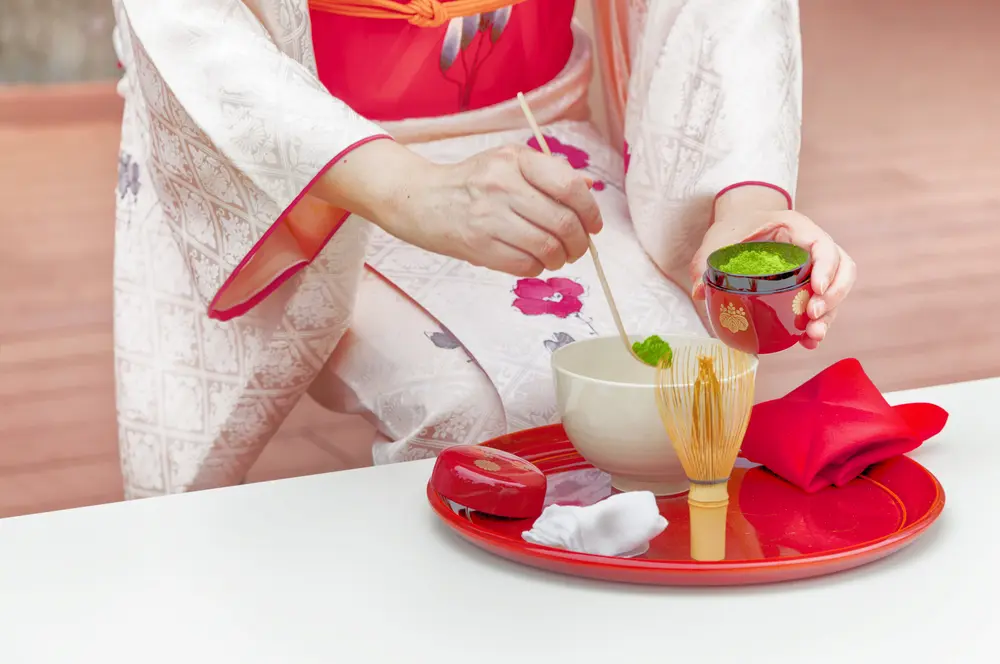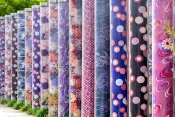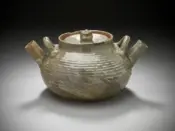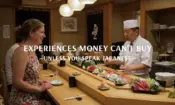The Heart of Japanese Tea Ceremony: Nara Takayama Chasen
Takayama Chasen is an essential traditional craft in the world of the Japanese tea ceremony, known for its rich history and the masterful craftsmanship that defines its beauty. Made in Takayama Town, Ikoma City, Nara Prefecture, each chasen (tea whisk) is painstakingly crafted by hand. With over 500 years of history, Takayama Chasen accounts for more than 90% of domestic tea whisk production and is highly valued as more than just a tea tool. This article will delve into the history, craftsmanship, artisans, its role today, and how you can purchase Takayama Chasen.
1. The History of Takayama Chasen
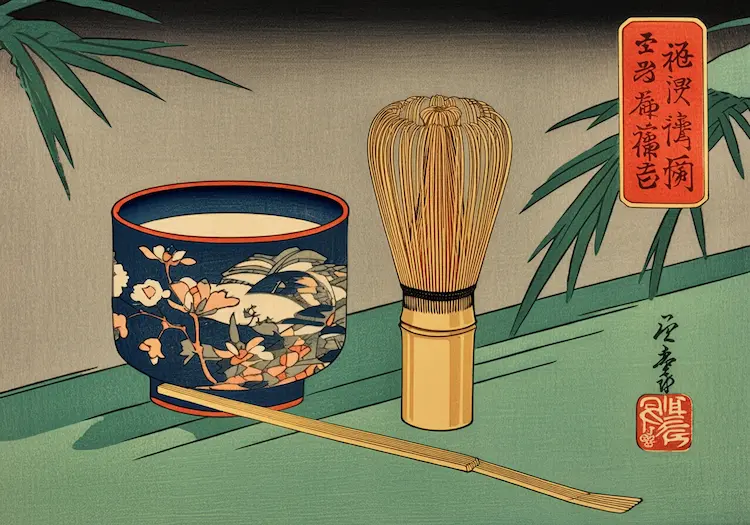
The history of Takayama Chasen dates back to the mid-Muromachi period. The first bamboo tea whisk was made in Takayama at the request of Murata Juko, the founder of the wabi-cha tea style. The whisk was later presented to Emperor Go-Tsuchimikado, who gave it the name “Takaho,” from which it became known as “Takaho Chasen.” While the exact time when the name changed to “Takayama Chasen” is uncertain, it is believed to coincide with the change of the local place and family name from “Takayama” to “Takayama.” During the Edo period, Takayama established itself as a major production center for tea whisks, and in 1975, Takayama Chasen was designated a traditional craft by the Japanese government, solidifying its place as a representative craft of Japan.
2. The Craftsmanship of Takayama Chasen
Each Takayama Chasen is meticulously crafted by hand, with every step performed by highly skilled artisans. The production involves using bamboo, carefully chosen for its quality, which undergoes a process that includes selection, drying, splitting, and weaving. There are eight distinct steps in creating a chasen, each requiring years of training and a high level of skill. The bamboo used—white bamboo, black bamboo, or smoked bamboo—varies based on its growing environment and harvest timing. After being aged for one to two years, the bamboo is cut to the required size and goes through processes like “Hegi” (splitting), “Kowari” (fine splitting), and “Ajikesuri” (flavor enhancement). The final stage, “Uwaami” (upper weaving), involves threading each tine with string, an intricate task that requires precision and patience. This careful, complex process is why mastering the craft takes up to 15 years of apprenticeship.
3. The Artisans Behind Takayama Chasen
Takayama Chasen production relies on skilled artisans in Takayama Town, where techniques are passed down from generation to generation. The Takayama Chasen Craft Preservation Society plays an important role in safeguarding these traditional techniques for future artisans. Some of these craftsmen are even recognized as Living National Treasures, which highlights the extraordinary skill involved in this craft. Notable manufacturers include Chikumeido, established in 1633, Takayama Chasen Sabun, which produces durable and practical whisks, and Suikaen, founded in 1908, upholding centuries-old techniques. Each workshop retains its own unique production methods while meeting contemporary demands. Tours and hands-on experiences are available by appointment at many of these workshops.
4. Modern-Day Takayama Chasen
Today, Takayama Chasen is an indispensable tool in the tea ceremony. There are over 60 varieties, each crafted to suit different tea schools and purposes. For example, the “Soot Bamboo Chasen” is used by the Omotesenke school, while the “Black Bamboo Chasen” is used by the Mushanokoji-senke school. The type of whisk used can subtly alter the flavor of the tea, making it a critical part of the tea ceremony. The popularity of Takayama Chasen has grown internationally, drawing the interest of tea enthusiasts from around the world. Hands-on chasen-making experiences are also popular, offering a unique way to connect with traditional Japanese craftsmanship. During these experiences, participants can choose the type of bamboo and string colors to create their own personalized chasen, which they can then take home in a decorative box. Such activities are not only memorable but also help foster a deeper appreciation for the rich cultural heritage of Japan.
5. How to Experience Takayama Chasen Crafting
The Takayama Chasen crafting experience is offered at workshops in Takayama Town, Ikoma City, Nara Prefecture. Participants can select the type of bamboo and string color, creating a whisk to their liking. The experience focuses on the seventh step of production, “Uwaami” (upper weaving), where participants thread the individual tines of the whisk by hand. Upon completion, the chasen is carefully placed in a decorative box to be taken home. This experience has attracted many international participants, providing a tangible sense of Japan’s cultural influence and the beauty of its traditional crafts.
6. How to Purchase Takayama Chasen
Takayama Chasen can be purchased at local workshops in Nara, specialty tea utensil shops, and online. Prices vary based on the size, shape, and quality of bamboo, but each piece embodies the pride and expertise of its artisan. When buying a chasen, learning about the artisan and understanding the production process adds a unique layer of value to your purchase.
⇒https://www.yasaburo.com/products/
Conclusion
Takayama Chasen is a traditional Japanese craft with roots in the Muromachi period, vital to supporting the tea ceremony culture. The intricate process of making a chasen, coupled with the dedication and skill of the artisans, creates a product with a profound elegance. This beauty, often described as “fingertip art,” reflects Japan’s aesthetic and the spirit of tea culture. Experiencing Takayama Chasen firsthand allows us to connect with a piece of Japanese heritage and appreciate the passion behind every whisk.
